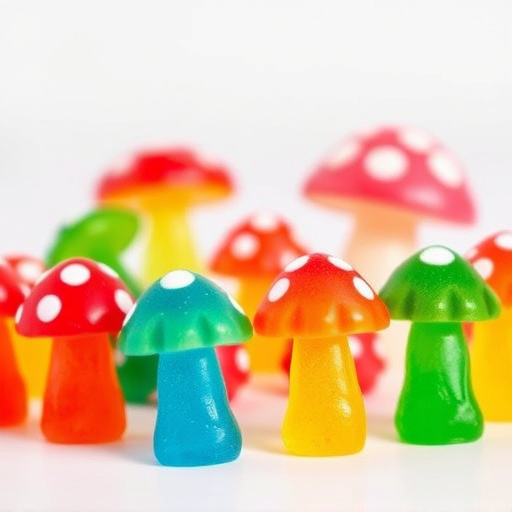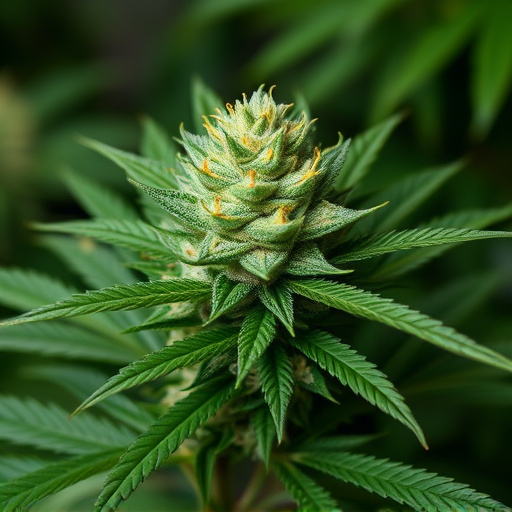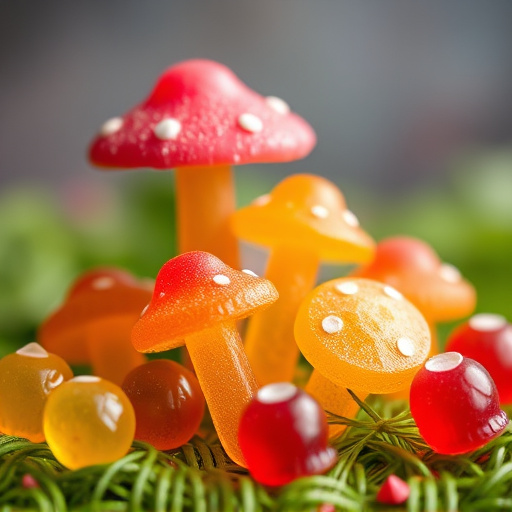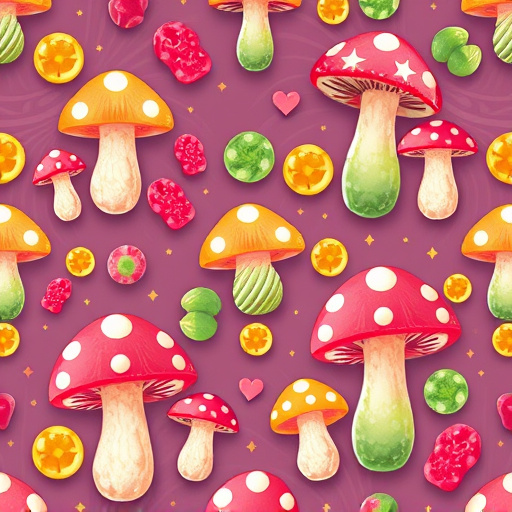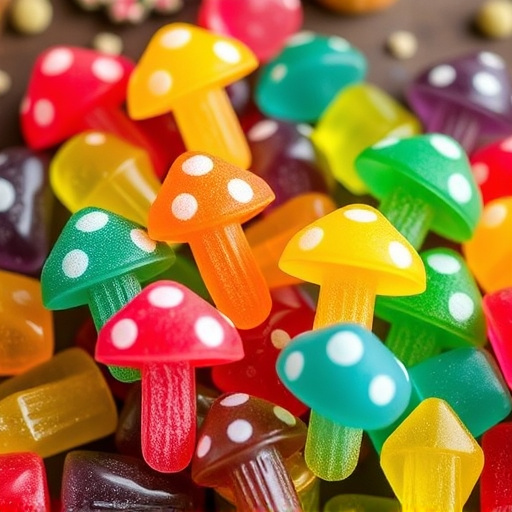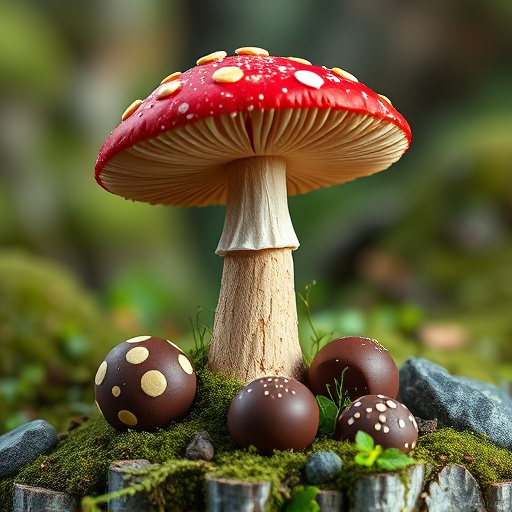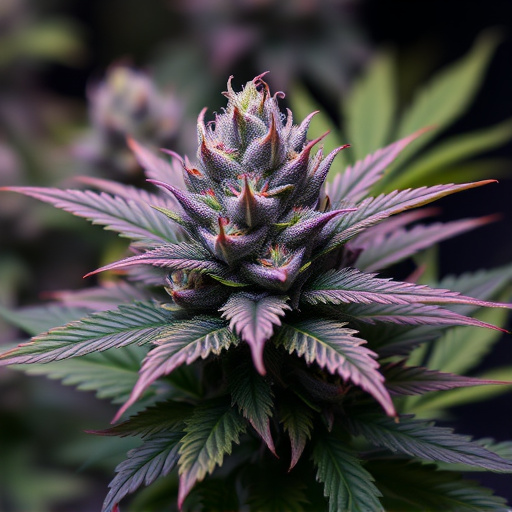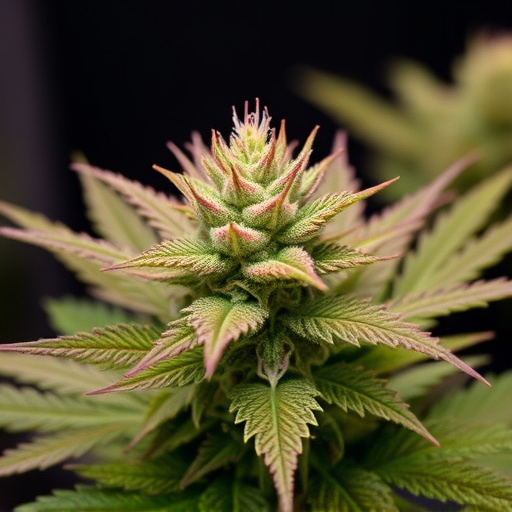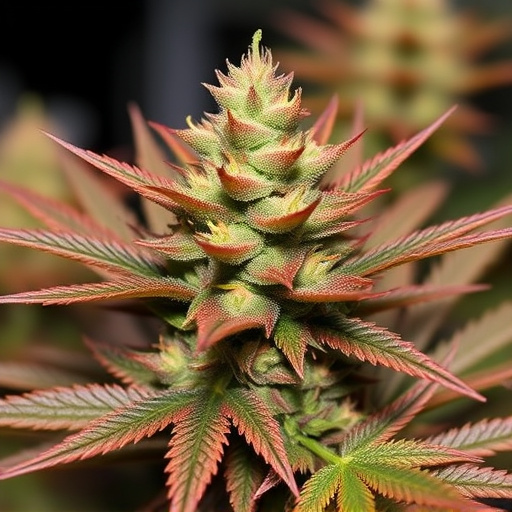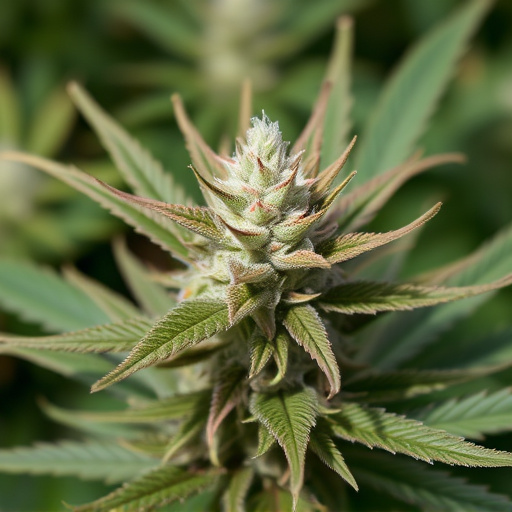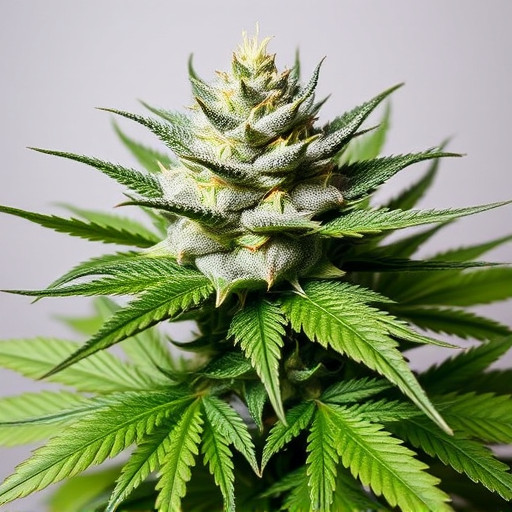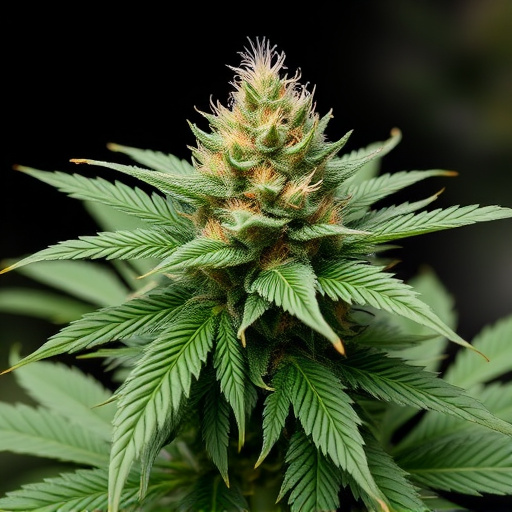Cannabis cultivation methods, indoor vs outdoor, significantly impact plant growth and quality, with distinct advantages. Indoor farming offers precise control over conditions, fostering optimal plant health and producing vibrant, potent best looking cannabis strains. Outdoor cultivation leverages natural sunlight for robust growth but faces weather and pest challenges, resulting in more variable appearances. Environmental factors like light, temperature, humidity, and terpene profiles influence the final product, with indoor methods consistently yielding superior best looking cannabis strains.
“Uncover the captivating contrast between indoor and outdoor-grown cannabis flowers in this comprehensive guide. From environmental nuances to strain characteristics, understand how nature’s variables shape these plants. Explore the unique challenges and benefits of each growth method, influencing plant structure, resin content, and terpene profiles. Discover popular strains renowned for their distinct appearances and effects, and learn about optimal harvest timing and curing techniques that enhance quality, potency, and aroma, ultimately impacting your cannabis experience.”
- Environmental Factors and Their Impact
- – Discuss the unique environmental requirements for indoor vs outdoor growth
- – Compare light, temperature, humidity, and CO2 levels
Environmental Factors and Their Impact
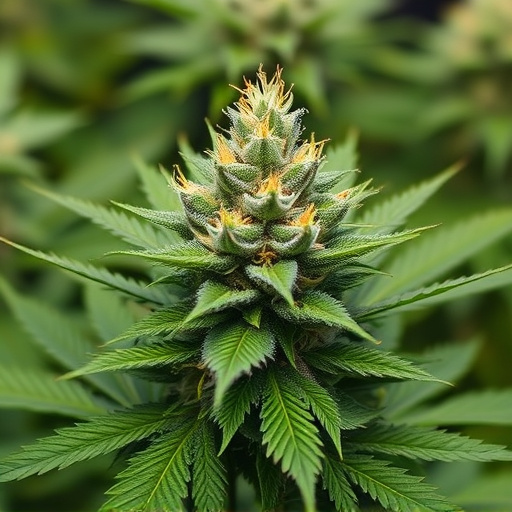
The environment in which cannabis plants are grown plays a pivotal role in shaping their final appearance and quality, particularly when it comes to indoor versus outdoor cultivation. Both settings offer unique advantages and challenges that influence the development of the plant’s flowers, or buds.
Indoor growing environments allow for precise control over crucial factors like temperature, humidity, light intensity, and duration. This meticulous manipulation can result in cannabis strains with exceptional flavors, aromas, and potent effects. For instance, controlled lighting cycles can induce flowering at specific times, allowing growers to select the optimal moment for harvesting the best-looking cannabis strains. Conversely, outdoor cultivation is subject to natural variations in climate, offering a more organic approach. Plants grown outdoors may exhibit diverse characteristics due to varying sunlight exposure, temperature fluctuations, and natural pest interactions, contributing to a diverse range of textures, colors, and terpene profiles in the final product.
– Discuss the unique environmental requirements for indoor vs outdoor growth
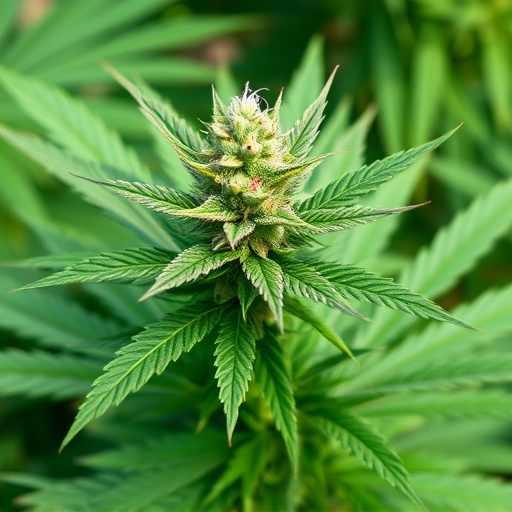
The environment plays a pivotal role in shaping the final characteristics of cannabis flowers, with indoor and outdoor cultivation requiring distinct approaches. Outdoor growth benefits from natural sunlight, allowing plants to photosynthesize efficiently and produce robust, often larger flowers. However, outdoor gardens are more susceptible to environmental factors like harsh weather conditions, pests, and diseases, necessitating careful consideration of location and additional protection measures.
In contrast, indoor cultivation provides growers with greater control over the microclimate. Artificial lighting, temperature regulation, humidity control, and pest management become essential tools for cultivating high-quality cannabis. This controlled environment enables growers to optimize plant growth, often resulting in more potent and aromatic flowers, including some of the best-looking cannabis strains known for their vibrant colors and unique terpene profiles.
– Compare light, temperature, humidity, and CO2 levels
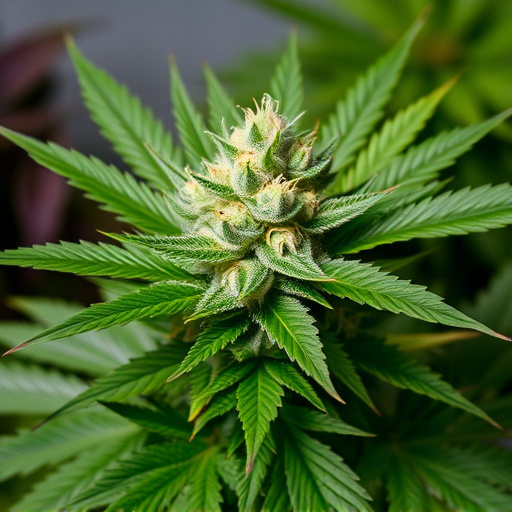
The environmental conditions under which cannabis flowers grow significantly impact its final appearance and quality, with indoor and outdoor cultivation yielding distinct results. When comparing these two settings, light intensity stands out as a primary differentiator. Indoor grows often utilize artificial lighting, allowing for precise control over spectrum and duration, leading to consistent, robust flowering and the potential to produce top-tier looking cannabis strains. In contrast, outdoor plants are bathed in natural sunlight, which varies in strength throughout the day and seasons, resulting in more variable growth rates and final appearances.
Temperature, humidity, and CO2 levels also play crucial roles. Indoor environments can be carefully regulated to maintain optimal conditions for flowering, often with enhanced humidity and CO2 levels to promote dense, sticky buds—hallmarks of many sought-after best looking cannabis strains. Outdoor plants, meanwhile, are subject to the natural temperature and humidity fluctuations of their surroundings, which can lead to a wider range of physical characteristics among the final product.
In the pursuit of cultivating the best-looking cannabis strains, understanding the distinct environmental needs for indoor and outdoor cultivation is paramount. While both methods have their advantages, recognizing the optimal light spectrum, temperature ranges, humidity levels, and CO2 concentrations can significantly impact the final product’s quality and appearance. By carefully controlling these factors, growers can consistently produce vibrant, robust plants, ensuring that whether grown indoors or outdoors, the cannabis flowers meet the highest standards expected by discerning consumers.
